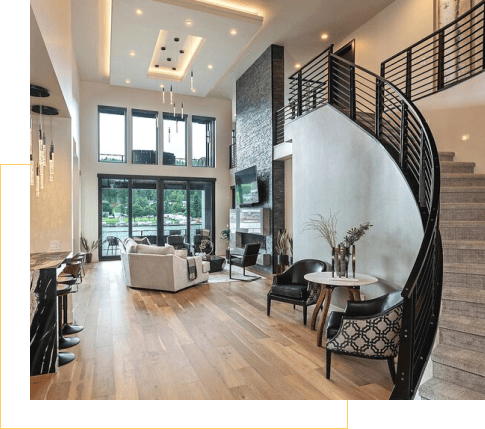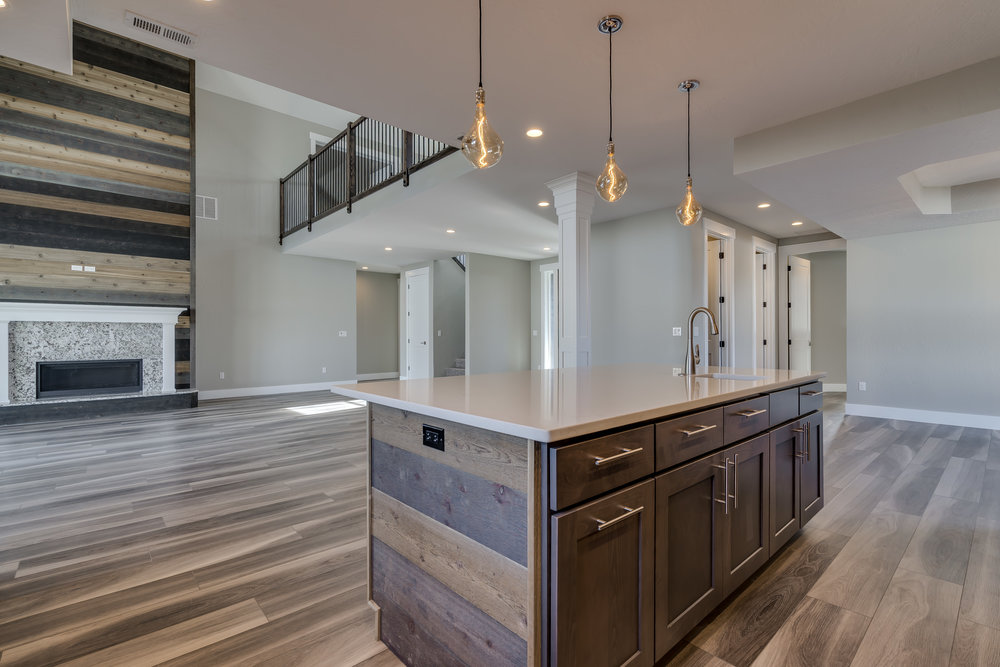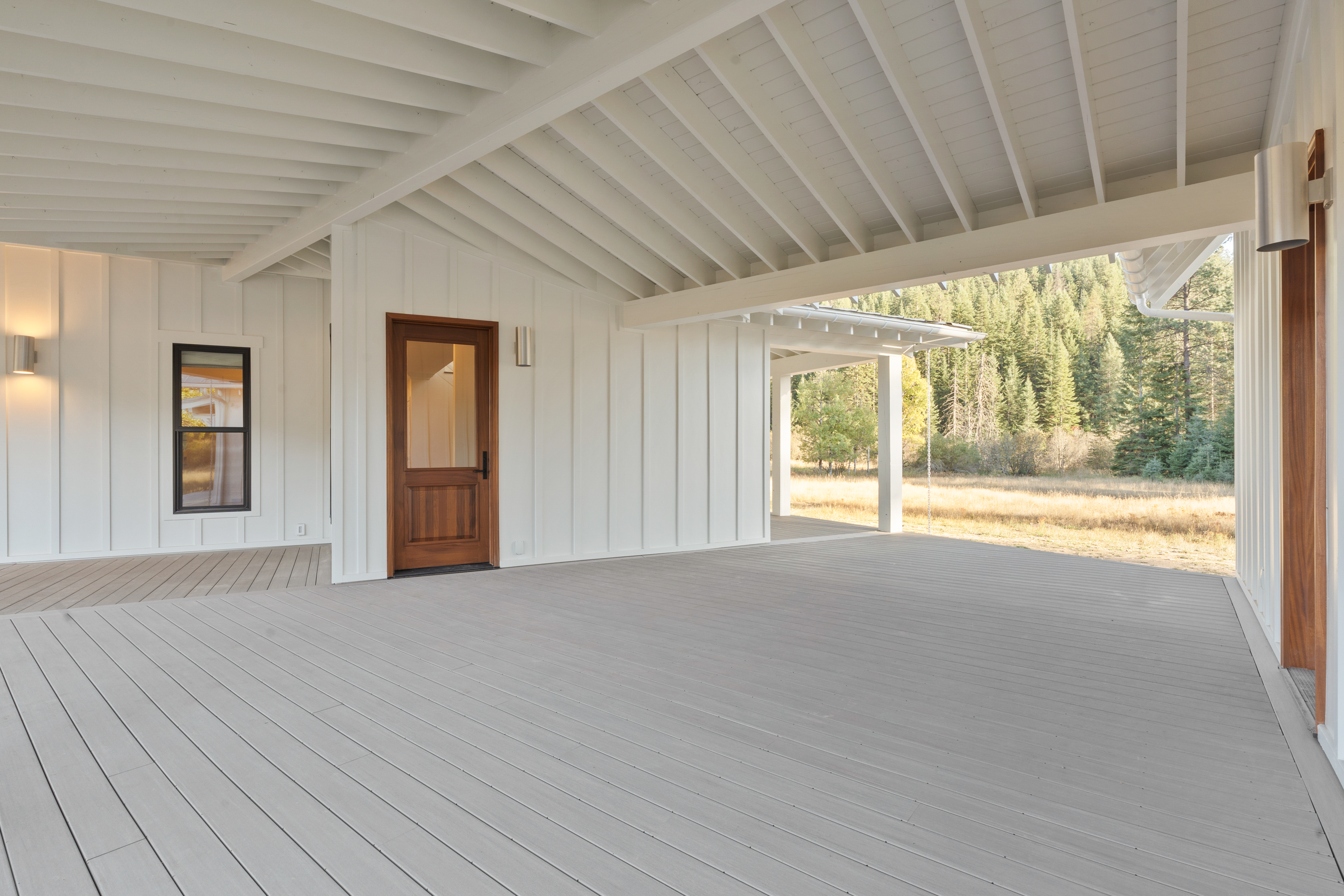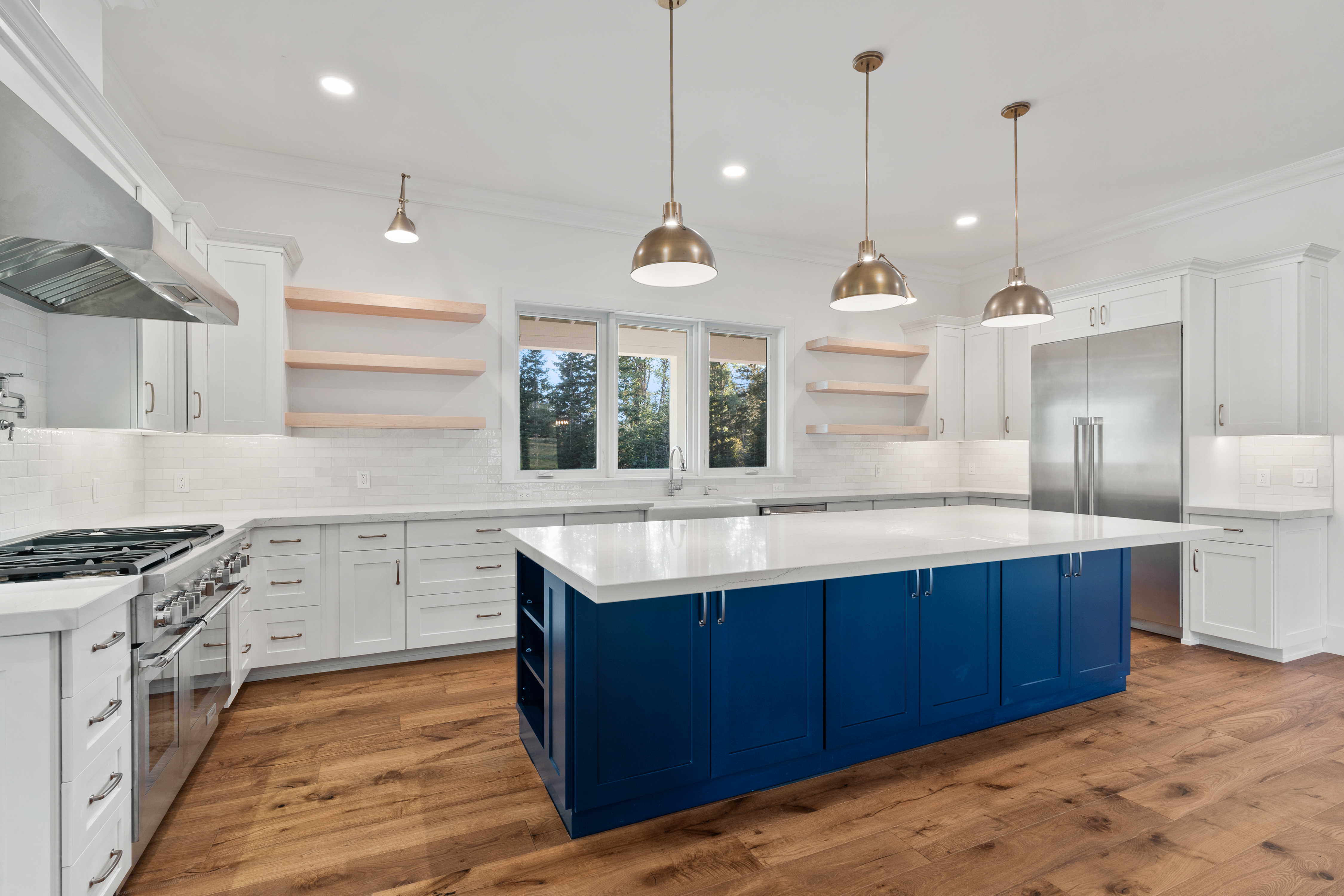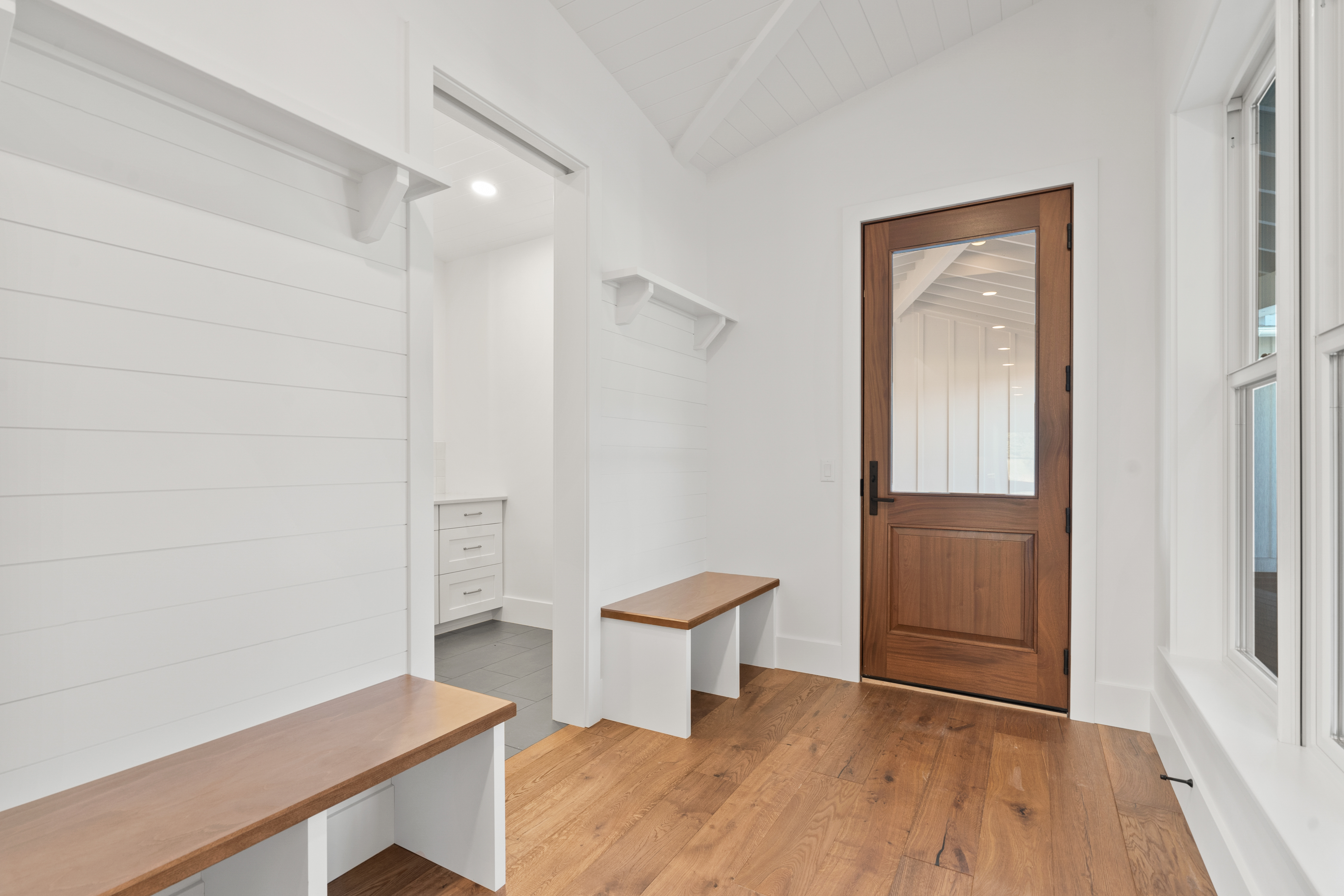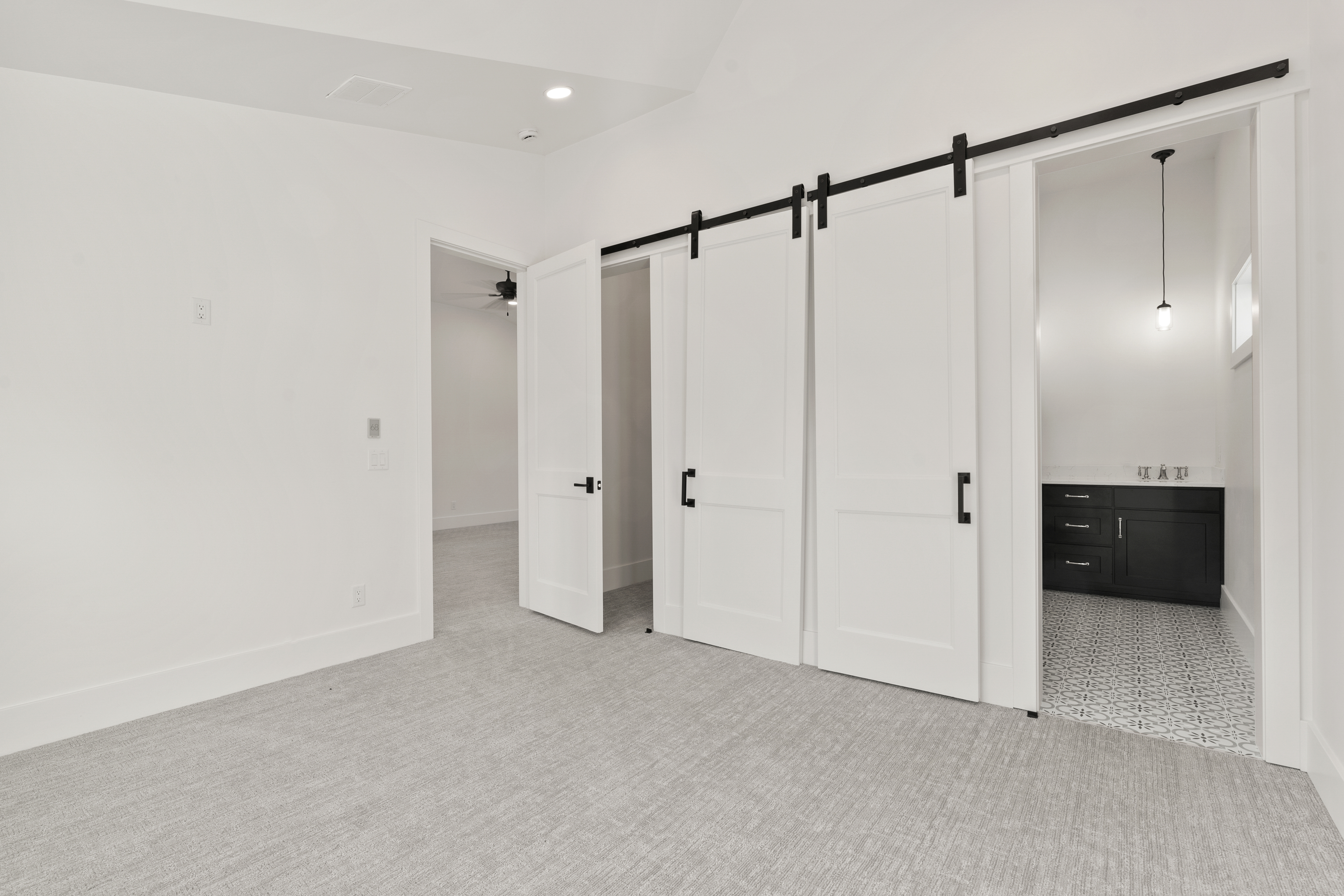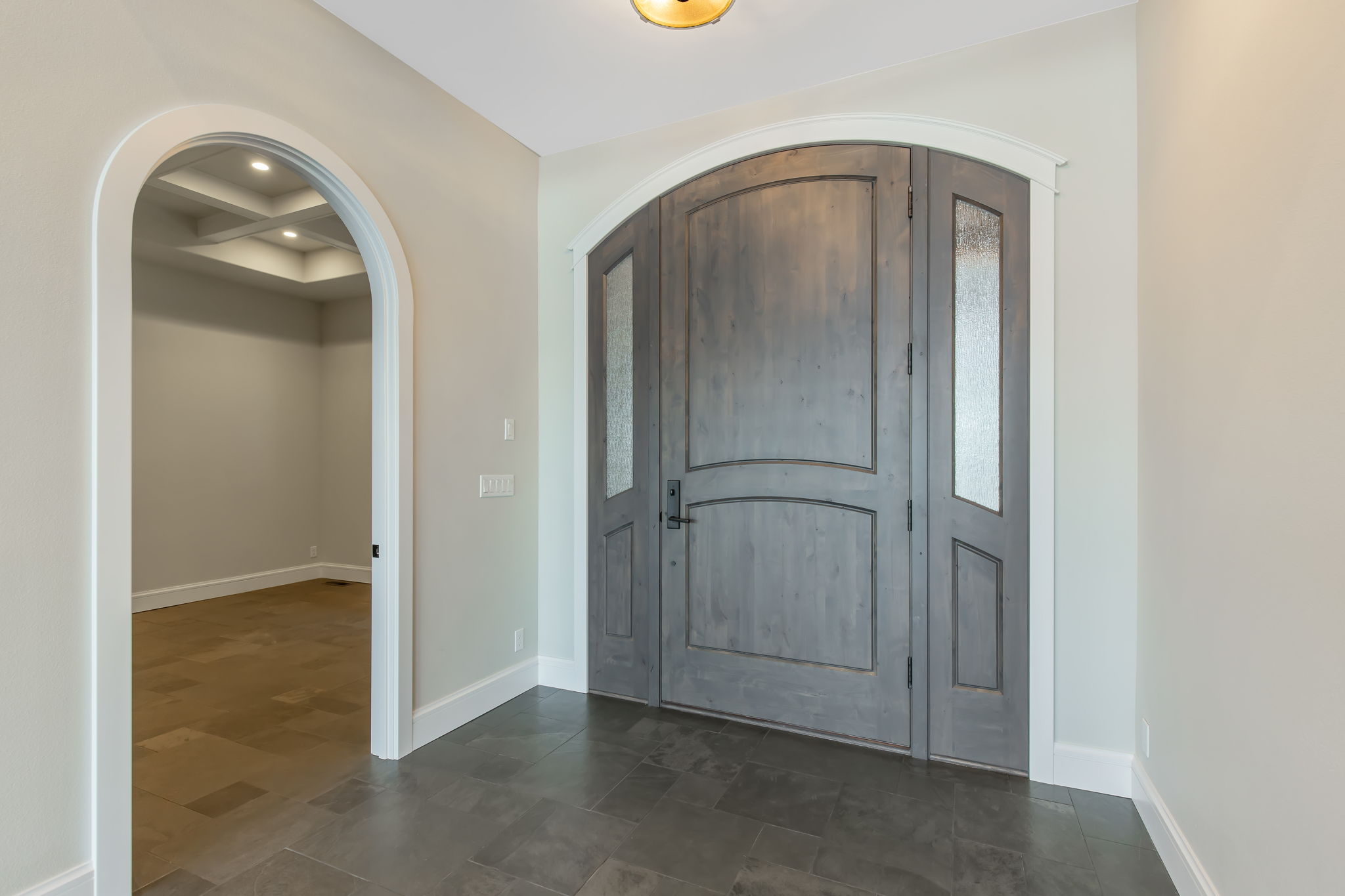When planning a whole house interior paint job, starting with the walls can often be a practical choice, but there are several factors to consider when deciding where to begin. Here are some reasons why walls might be prioritized, as well as considerations for other areas:
Why Start with Walls?
- Surface Area: Walls typically cover the largest surface area in a room, making them a logical starting point. Painting the walls first sets the foundation for the room’s color scheme.
- Color Impact: The color of the walls significantly impacts the overall feel and look of a room. Starting with the walls allows you to see how the color interacts with light and other elements in the space.
- Ease of Access: Walls are usually the most accessible surfaces to paint, especially in empty or minimally furnished rooms. Starting with them can allow for efficient movement and setup of painting equipment.
- Coordination with Other Elements: Painting the walls first can help coordinate the rest of the room’s elements, such as trim, ceilings, and accents. It’s easier to adjust smaller elements to match the walls than vice versa.
Considerations for Other Areas
- Ceilings: If you plan to paint the ceilings a different color, it might be more practical to start with them. Painting ceilings first can prevent drips from falling onto freshly painted walls.
- Trim and Molding: Some prefer to paint trim and molding first because it can be more detailed work, and taping it off to paint the walls later might be easier.
- Furniture and Fixtures: If the room has a lot of furniture or fixtures that can’t be moved, you might need to start with areas that are easier to access without obstruction.
- High Traffic Areas: In rooms that are frequently used, you might want to start with high-traffic areas to minimize disruptions.
General Tips
- Prep Work: No matter where you start, thorough preparation (cleaning, patching holes, taping edges) is essential for a professional finish.
- Color Testing: Test paint colors in small sections to see how they look throughout the day in different lighting conditions.
- Order of Painting: A common sequence is to paint ceilings, then walls, and finally, trim and other details.
Ultimately, the best starting point depends on your specific needs and the layout of the space. Prioritizing based on practicality and the desired outcome can lead to a more efficient and satisfying painting experience.
